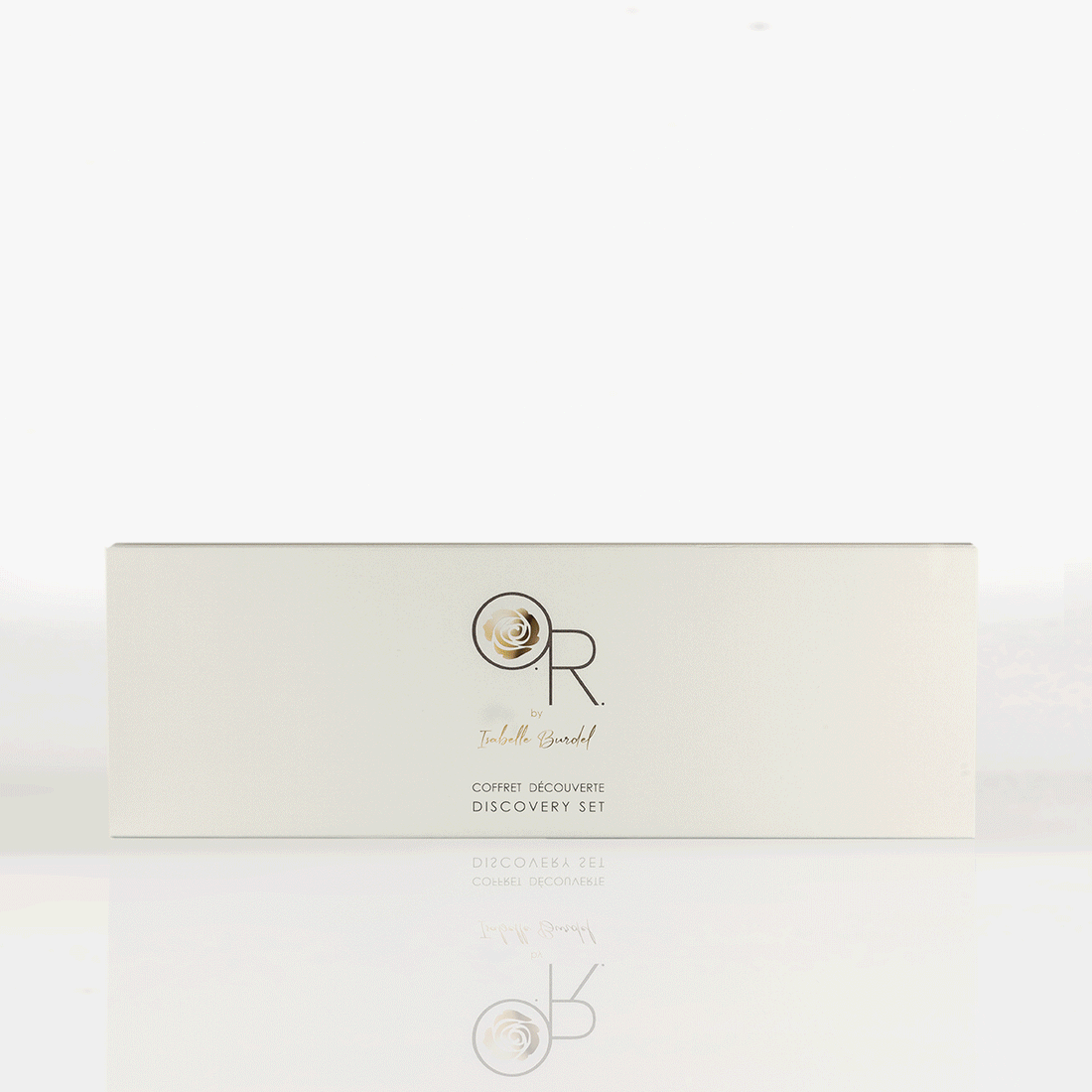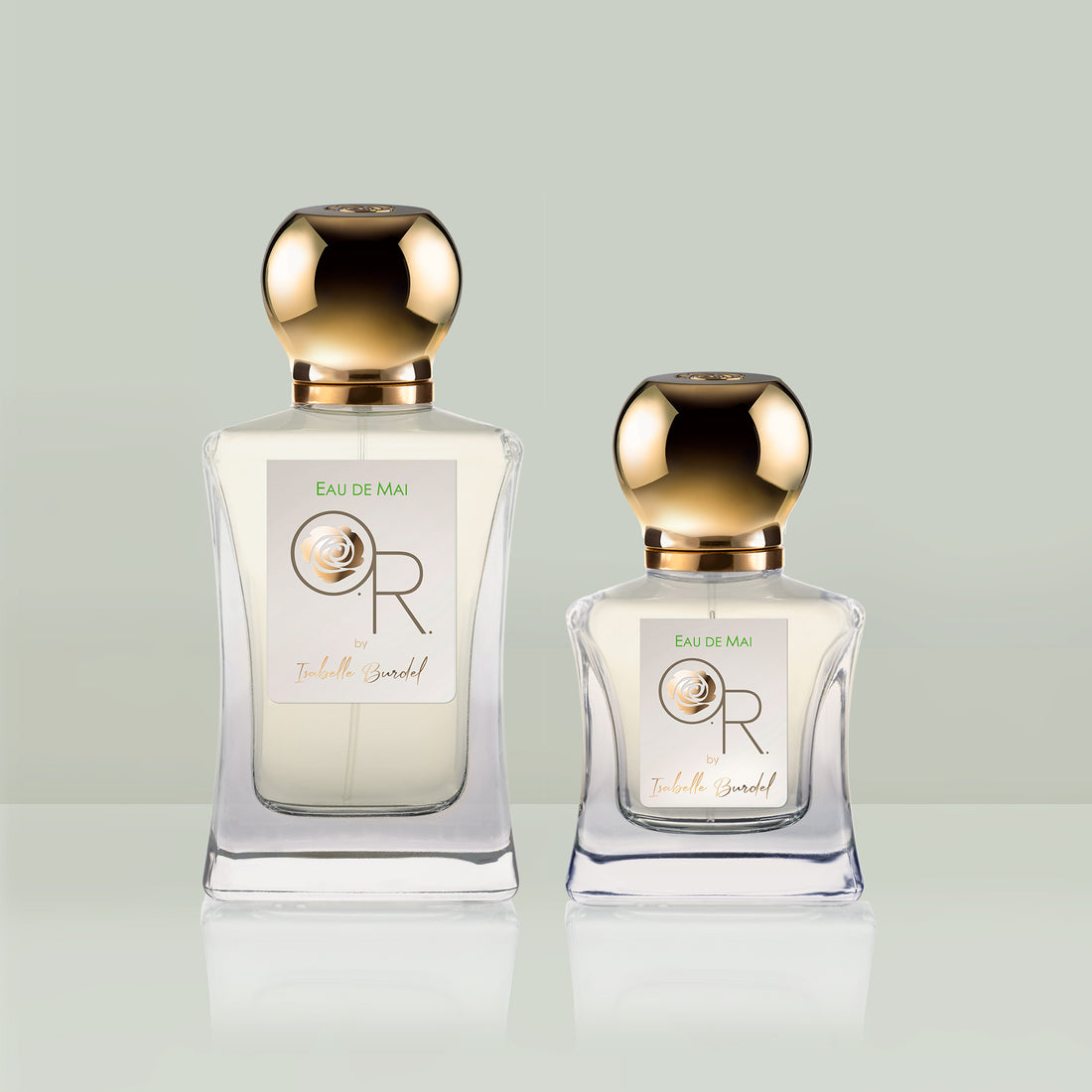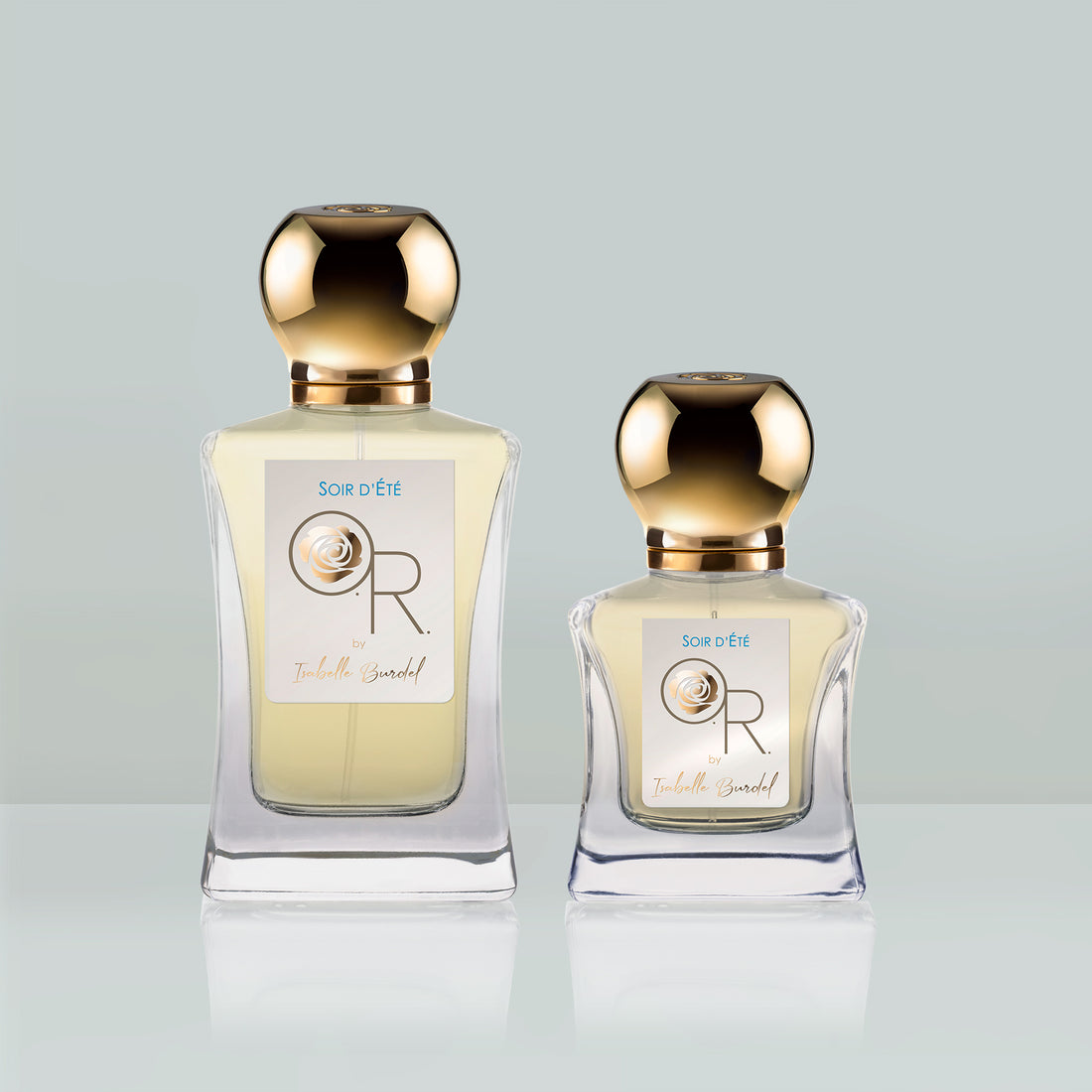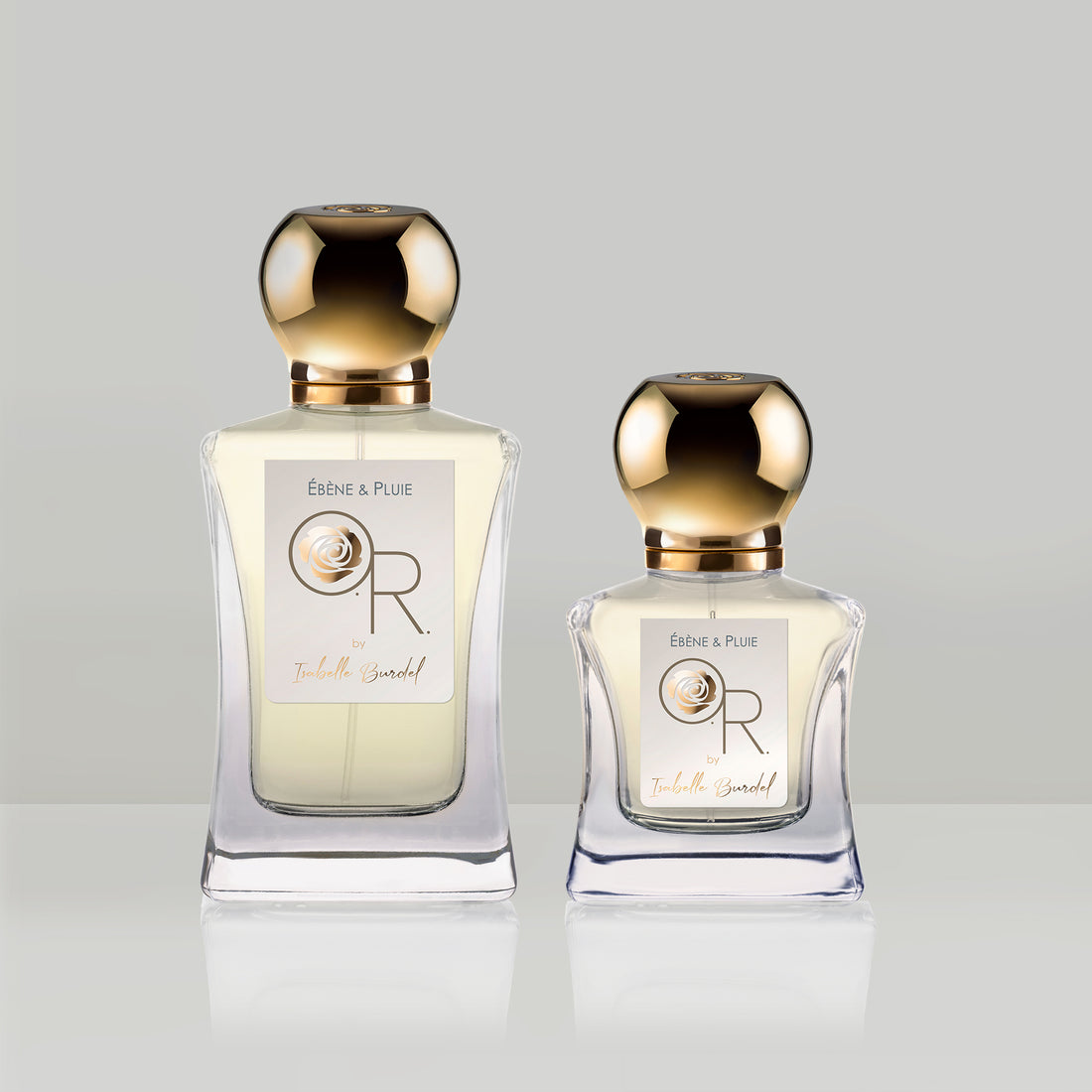France has been regarded as the global capital of perfumery since the 18th century. With its rich traditions and unparalleled expertise, the country of luxury has cultivated a reputation for excellence. From renowned perfume houses to independent perfumers, French craftsmanship, synonymous with quality, creativity, and elegance, radiates worldwide.
Perfume creator: origins
While perfumery had its origins in ancient Egypt, primarily in the form of fumigations offered to the Gods (hence the term "perfume," derived from the Latin "per fumum," meaning "through smoke"), it truly re-emerged in the late Middle Ages. During this time, mixtures made from plants with purifying properties were developed. One example is "L'Eau de La Reine de Hongrie" (1370), which blends lavender, sage, and rosemary.
In the wake of Catherine de Medici's introduction of herbal waters to France, scented leather gloves became highly sought after at the Court. This fashion trend led King Louis XIV to officially designate the tanners as "Master Perfumers and Glove Makers" in the 17th century.
Following an economic crisis in the leather industry, the master glove-makers and perfumers of Grasse turned their focus to perfumery, concentrating on the cultivation and production of flower essences. This marked the beginning of a prosperous era for these trades and the town of Grasse.
In the late 18th century, several historical perfume creators emerged, some of which are still active today. Examples include Guerlain, renowned for its enduring reputation, as well as Houbigant, Lubin, and L.T Piver (1774). While these three houses were well-known in the past, they saw a resurgence in the niche perfumery market after World War II.
Perfume creator: heritage and respect for traditions
The expertise of Grasse, played a pivotal role in the rise of perfume creators in France and subsequently in Europe. The regional terroir (in the south of France) proved conducive to the cultivation of numerous flowers such as roses, jasmine, tuberose, and orange blossoms. Consequently, the production of essential oils, involving artisanal techniques, became centered in Grasse.
After harvesting, farmers produce essential oils through distillation, a process based on the ability of steam to absorb the fragrant compounds of a plant. When certain flowers are too delicate for distillation, "enfleurage" is used to obtain absolutes. This technique involves placing fresh flowers on a layer of animal fat until it saturates with the fragrant substance. The fat is then washed with a volatile solvent, which evaporates, leaving behind the usable absolute for perfumery. Due to the time and labor-intensive nature of enfleurage, it was eventually replaced by extraction, a process where a plant is washed with a solvent to produce a paste. This fragrant, waxy paste is then washed in a solvent again and filtered to yield an absolute. Distillation and extraction are still used today, but on an industrial scale.
Perfume creators use these Grasse essences and plant materials (woods, resins, herbs) from other regions to compose fragrances worn by the bourgeoisie of the time.
The 19th century: a major turning point for perfume creators
The 19th century was a pivotal period for perfumery. Advancements in science and the growing industrialization of the era led to improved production. Perfumery shifted from being a craft to becoming an industry.
The late 19th century marked a revolution for perfume creators with the advent of synthesis. Starting in 1868, the first synthetic notes appeared. These were molecules naturally present in a plant's organic structure that chemists managed to isolate. Examples include vanillin, the primary molecule of vanilla, and coumarin, found in tonka beans. These new molecules were sometimes products of pure chemistry.
These new ingredients allowed for enhancing the effect of a natural note or recreating the scent of a flower that could not be extracted through traditional methods. Synthetic notes enriched the perfumer's palette, enabling a shift from purely figurative perfumery to a more complex, abstract, and sophisticated style. As the First World War approached, all perfume creators recognized the technical and aesthetic value of synthetic notes.
One of the first perfumes marking the beginning of modern perfumery was Houbigant's "Fougère Royale" (1882), introducing a new olfactory family. In 1889, Guerlain launched "Jicky," one of the first perfumes to heavily incorporate coumarin and vanillin. In 1921, aldehydes, molecules with soapy and metallic notes, added a touch of mystery to a bouquet of rose and jasmine in Chanel's "N°5."
Perfume creators and their evolution
Since the advent of synthesis, perfumery has come a long way. The 1950s witnessed the rise of designer perfumes, with houses like Rochas, Dior, and Givenchy, later joined by Yves Saint-Laurent.
The 1970s marked a turning point for perfume creators. The emergence of the middle class and changing social norms reshaped the olfactory landscape. A breath of freshness swept through perfumery, embracing women's desire for emancipation and more unisex fragrances. Men's perfumery also gained prominence. The launch of "Opium" by Yves Saint-Laurent at the end of that decade signaled the opulence of the 1980s and the birth of marketing in the perfume industry.
Since the 2000s, perfumery has expanded to include selective brands with commercial launches on one side and independent perfume creators with more intimate or unique signatures on the other, like Olfactory Revelation, founded by perfumer Isabelle Burdel. In recent years, niche perfumery has grown to the extent that many brands have also embraced commercial trends.
Perfume composition among perfume creators
The composition of perfumes among creators, is the domain of the perfumer's expertise. Nowadays, brands can entrust this task to an in-house perfumer, as seen with Hermès, Guerlain, or Chanel. They can also collaborate with “maisons de composition”. These entities produce both natural and synthetic raw materials and often employ perfumers as part of their teams. Many brands in the selective circuit work with “maisons de composition” like Firmenich, IFF, Givaudan, Mane, or Robertet.
Niche perfume creators can turn to both “maisons de composition” and independent perfumers. Some independent perfumers have even founded their own exclusive brands. Examples include Parfum d'Empire, created by perfumer Marc-Antoine Corticchiato, and Olfactory Revelation, the line by perfumer Isabelle Burdel.
Today, perfume creators, whether from major brands or independent labels, collaborate with composition houses for ingredient sourcing. The perfumer selects the raw materials, both natural and synthetic, with which they will work. Natural ingredients can originate from all around the world, such as Indonesian patchouli, Madagascar vanilla, Grasse jasmine, Indian jasmine, or Egyptian jasmine, and South American tonka beans.
They first create the perfume's primary accord, adding multiple nuances until arriving at the final formula. It is the alchemy of these notes together that results in the "perfume concentrate." This blend rests for a few weeks, a process known as maturation, allowing the notes to harmonize. It is then mixed with a specific alcohol for perfumery. The mixture is stored at a cold temperature for a few weeks (depending on the desired olfactory result) to acquire its definitive scent. This process, known as maceration, enhances certain facets of the fragrance. It is an essential step before bottling and commercialization.
Becoming a creator perfumer
The profession of a "nose" is a complex and fascinating art that requires years of study and experience. It combines technical mastery, creativity, and olfactory sensitivity.
To become a perfumer, it is necessary to follow a specific educational path. Some schools, such as ISIPCA in Versailles, require a prior chemistry curriculum, while newer institutions like the Ecole Supérieure du Parfum admit students after completing high school. Students learn the basics of fragrance chemistry, the classification of raw materials, formulation techniques, and olfactory creation. They are also introduced to the history of perfumery and the different trends in the market.
Developing a keen sense of smell is a crucial aspect of a nose's training. Students regularly practice recognizing different odors and work with a wide variety of ingredients that they must be able to identify.
Once trained, perfume creators can join “maisons de composition”, often creating new fragrances for brands. They may also work on reformulations of existing perfumes due to banned or restricted ingredients. Some choose to become independent and create their own lines of perfumes, as seen with Olfactory Revelation by Isabelle Burdel.
Innovation in perfume creation
Perfume creators are continually exploring new olfactory combinations. They draw inspiration from current trends, art, nature, and culture to create fragrances that reflect their time. Perfume creators—whether perfumers or composition houses—are constantly searching for new techniques for extracting natural raw materials, often with the aim of reducing the carbon footprint of perfumes. They are also on the lookout for new synthetic ingredients that boost their creativity and offer unprecedented effects in a formula. There is a growing focus on green chemistry and upcycling to produce "cleaner" ingredients. In this regard, synthesis often helps preserve natural reserves and proves to be more environmentally friendly. There is also a trend toward the production of organic ingredients, sourced from small producers, sometimes supported by major “maisons de composition” to obtain higher quality.
As you can see, perfumery is an integral part of French culture. Exhibitions dedicated to perfumery are held in prestigious museums, allowing visitors to delve into the fascinating world of olfactory creation. French perfumery is a living art, constantly evolving, and it never ceases to surprise and move you.






